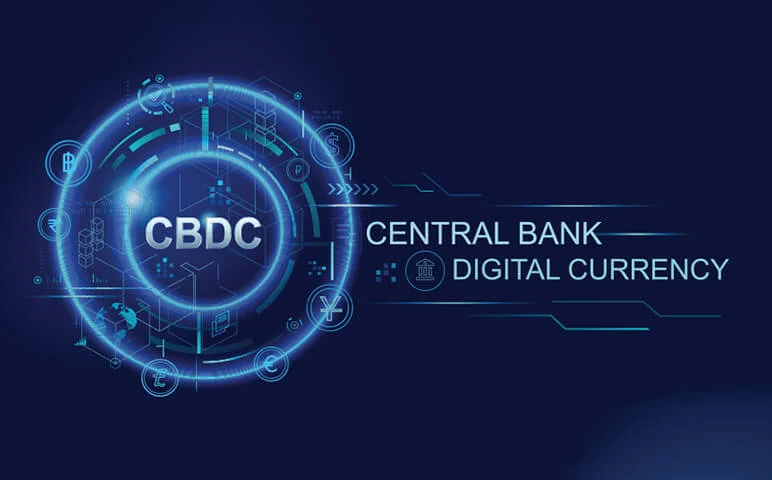In the digital age, money is no longer confined to physical cash. One of the most recent developments in the world of finance is the Central Bank Digital Currency (CBDC). But what exactly is a CBDC?
What is CBDC?
Central Bank Digital Currencies (CBDC) is a digital form of a country’s official currency, issued and controlled by its central bank. Unlike cryptocurrencies such as Bitcoin, which operate on decentralized networks, CBDCs are fully regulated and backed by the government. Essentially, CBDCs are just like the money we use today, but in digital form.
How Does a CBDC Work?
CBDCs work similarly to regular digital payments, like transferring money through your bank’s app. However, instead of relying on commercial banks or private intermediaries, CBDCs are issued and managed directly by the central bank. This means that the digital currency is fully regulated and controlled by the government, ensuring stability and security.
When you use a CBDC, the transaction is recorded on a secure digital ledger, making it easy to track and verify. The central bank can monitor and control the currency supply, which helps prevent inflation or deflation. You can use a CBDC to make payments for goods and services or transfer money between individuals or businesses, just like using a traditional bank account.
Example of CBDC: The Digital Yuan
One of the most well-known examples of a CBDC is China’s digital yuan, also called the e-CNY. The People’s Bank of China (PBOC) has been testing the digital yuan in several cities. It allows users to make payments through their smartphones or digital wallets, without needing physical cash.
The digital yuan is fully regulated by the Chinese government, which ensures that it has the same value as physical yuan. The project aims to make payments faster, more efficient, and reduce the reliance on traditional banking systems.
Why Is It Important?
CBDCs bring several benefits to the financial system. First, they can increase financial inclusion by providing people who don’t have access to traditional banking services with a way to store and transfer money. This is particularly important in developing countries.
Second, CBDCs make transactions faster and cheaper, as they eliminate the need for middlemen. This can be beneficial for both individuals and businesses. Lastly, CBDCs provide more control and security. Since they are government-backed, they are less likely to be affected by fraud or market crashes that impact cryptocurrencies.
Conclusion:
CBDCs are an innovative way for governments to digitize money while ensuring control and security. They offer a more efficient, secure, and accessible way for people to manage their finances. As more countries explore this option, CBDCs could play a significant role in shaping the future of global finance.
– Ketaki Dandekar (Team Arthology)
